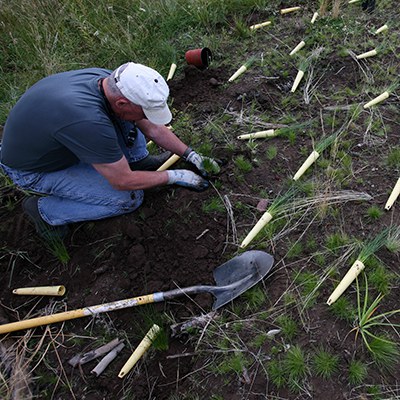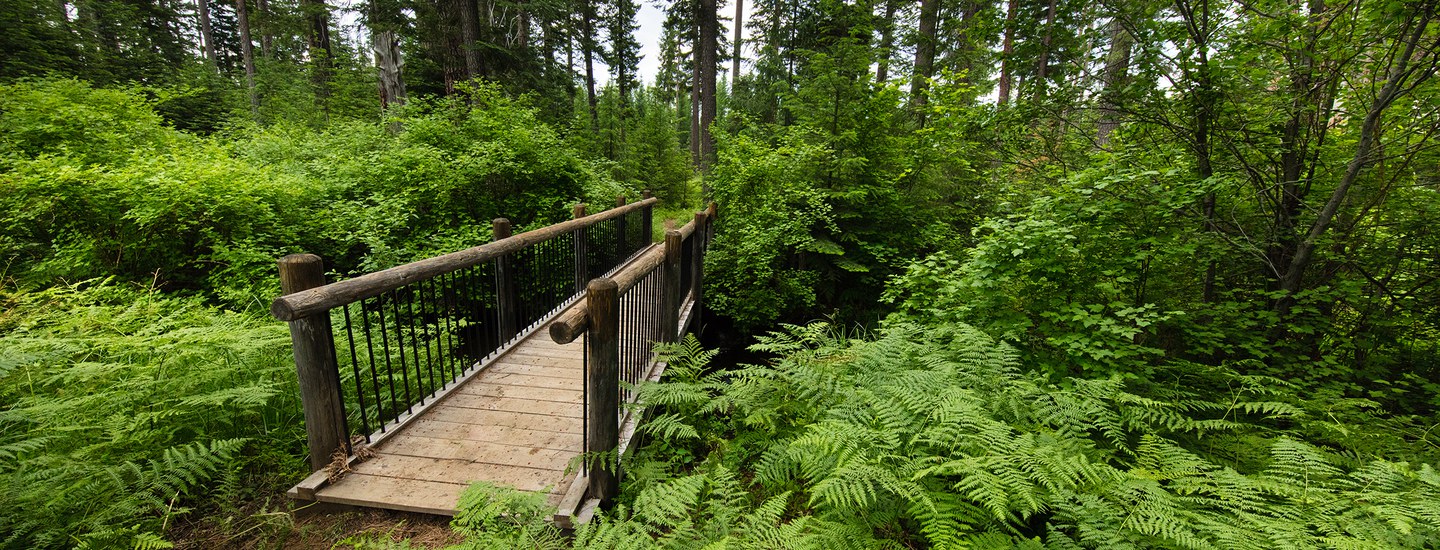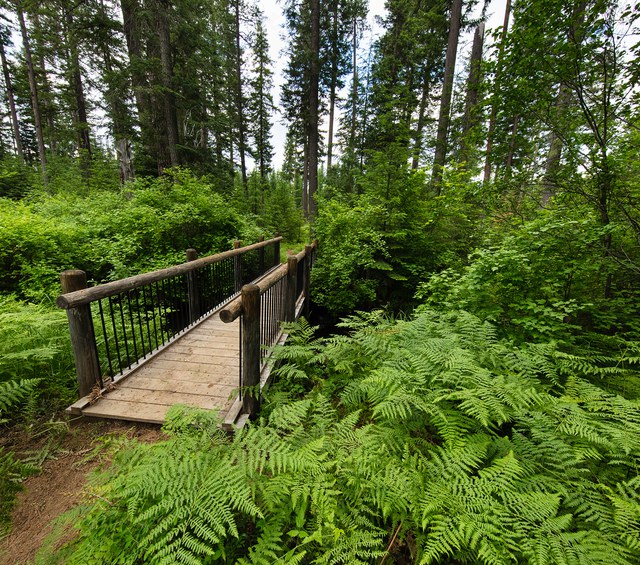It’s been hot out there! When plants are replaced with roads, sidewalks, and buildings, it makes the air even hotter. This can make people sick, raise energy bills, and harm the environment. Some people, because of where they live or other life factors, face more danger from this heat. Planting more trees and native plants is good for our communities! Plants bring shade, cleaner air, and cooler temperatures to our neighborhoods.
When plants and trees are replaced by roads, sidewalks, and buildings, the ground holds more heat. This makes cities and towns hotter. These hot spots are called heat islands. Buildings can also affect shade and air movement, increasing heat in an area. Heat islands raise energy costs and contribute to illness from air pollution and heat. Things like age, race, income, and location can increase risks from extreme heat. This makes heat islands harder on some groups of people than others. By adding more green space and native plants back to our communities, we can cool the places we live.
Extreme heat—like we sometimes get in Central Oregon—can make people sick. High temperatures can cause dehydration, heat stroke, or worse. But even before it gets dangerously hot, high temperatures can make people tired, less productive, and less healthy.
We can cool our communities by restoring creeks and streams, planting native plants, and painting roofs or pavement lighter colors. Plants provide shade and release moisture, cooling the surroundings.

Green spaces are an important part of addressing the risks of climate change. Parks, gardens, and other green spaces can help reduce temperatures, and provide many other benefits! Green spaces help clean the air, soak up rainwater, store carbon, and create habitat for our native wildlife. Green spaces also support climate resilience to flooding, extreme heat waves, and drought, and they provide spaces for the community to play and connect.
Forests with a lot of different plants are best at cooling. Research has found that larger green spaces, like a Land Trust Preserve, are especially good. Green spaces that are connected can be even more effective. That’s one of the reasons why the Land Trust works to conserve and restore connected areas. But even small green spaces can help! One study found that a yard could lower surface temperature by 10 degrees during very hot weather. Also, planting native plants that are adapted to our drier Central Oregon region helps conserve our water and creates critical habitat and food for native insects and animals.
We can all help fight heat islands, and make this cool place we live even cooler—by planting more green spaces at home or supporting places like the Land Trust that protect and restore our lands and waters.
Learn more:
- Climate Change Strategy
- Restoration and Humanism in the Anthropocene
- From On The Screen to On The Ground
- Nature Night Recap: Restoration and Reciprocity
- Nature Night Recap: Is Climate Anxiety Bad for the Planet?
- Plant Your Own Climate Victory Garden
Sources:
- Reduce Heat Islands, US EPA
- Urban green space cooling effect in cities, National Institutes of Health
- NASA Data Reveals Role of Green Spaces in Cooling Cities, NASA
- Green spaces and wetlands keep cities cool during heatwaves, UK Centre for Ecology & Hydrology
- Cooling effects in urban communities: Parsing green spaces and building shadows, ScienceDirect
- Green spaces provide substantial but unequal urban cooling globally, Nature Communications
- Study Finds Humidity Diminishes Daytime Cooling Gains in Urban Green Spaces, Yale University
- This is how small green spaces can help keep cities cool during heatwaves, World Economic Forum


